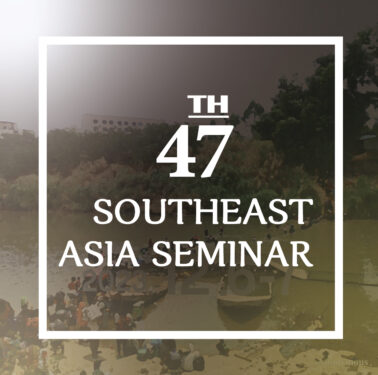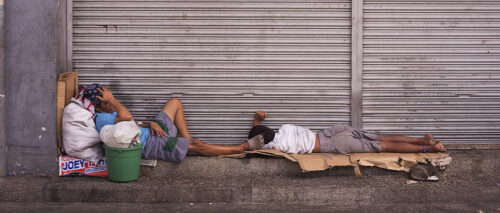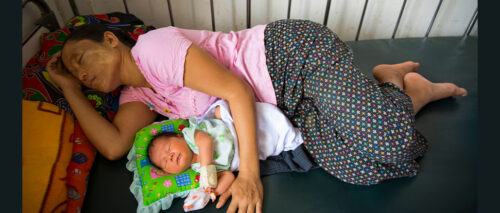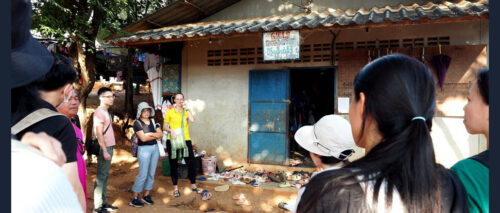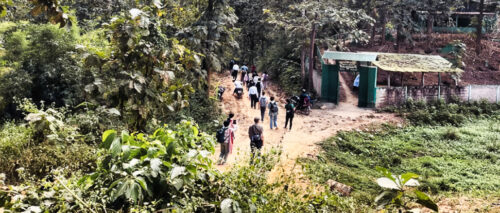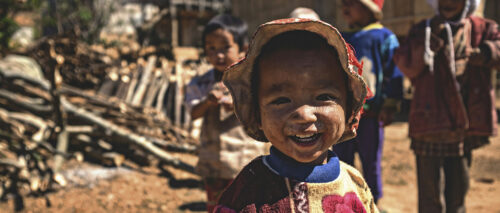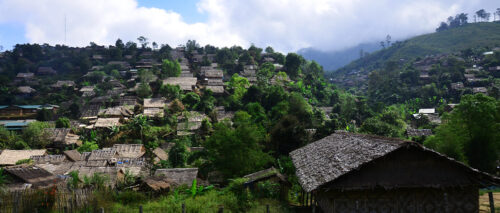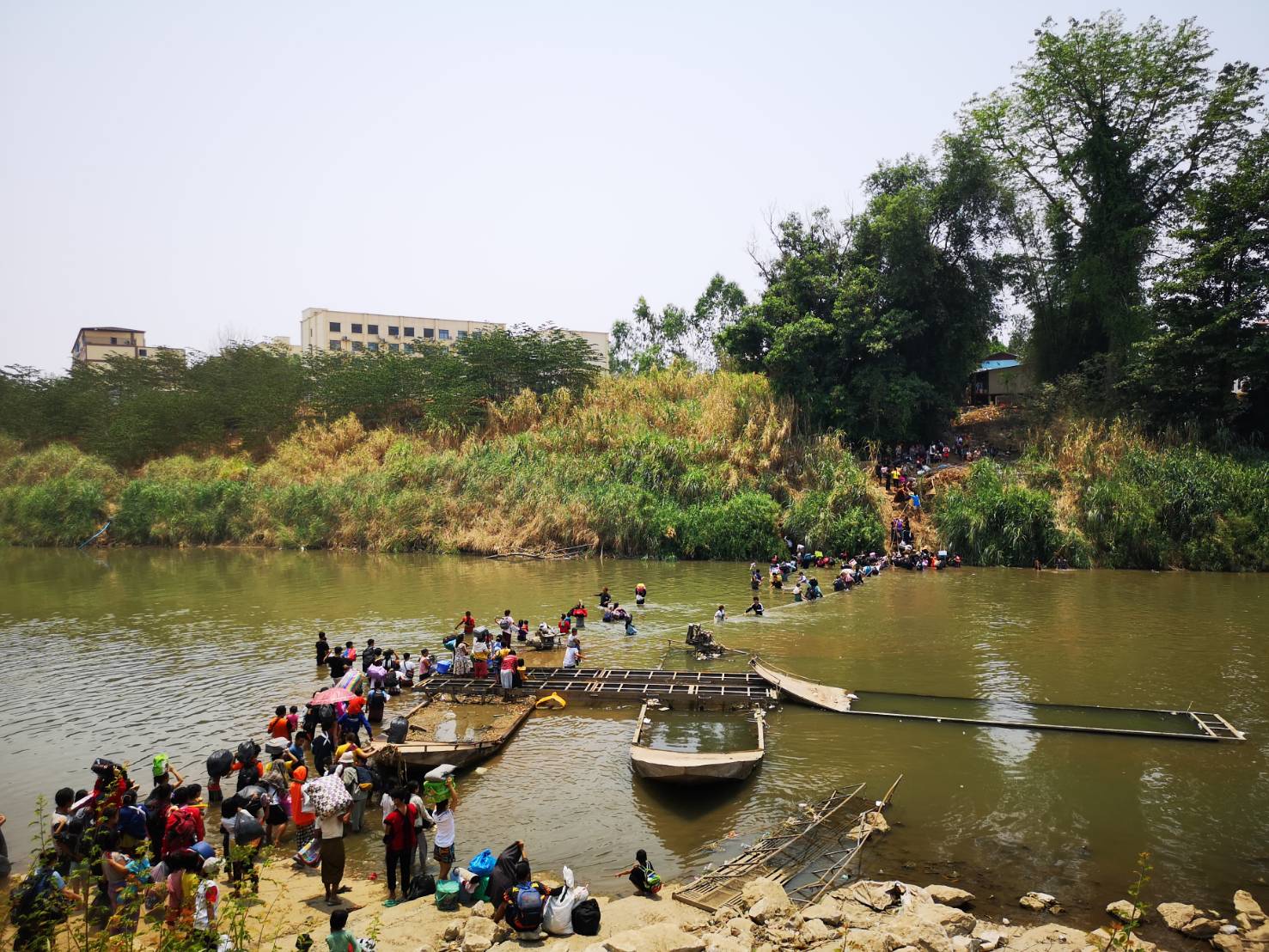
The 47th Southeast Asia Seminar was held along the Thai-Myanmar border in the districts of Tha Song Yang, Mae Ramat, Mae Sot, and Phop Phra of Tak Province, Thailand, from December 7-14, 2023. 1
Guest Editor’s Introduction
Decha Tangseefa
Center for Southeast Asian Studies, Kyoto University
Transdisciplinarity Amidst Border, Entwinement, and Protractedness
A border is a “contact zone” of people, culture, and capital. In an area like the Thai-Myanmar border, disease must also be included, as tuberculosis, drug-resistant malaria, and other illnesses have been prevalent since long before COVID-19 raged across the world. These transnational forces entwine and tremendously complicate the spaces in-between the two nation-states. As Burma/Myanmar has witnessed far more protracted armed conflicts 2 than unarmed negotiations since its independence in 1948, this border region has become a space where hundreds of thousands have had to endure manifold sickness due to their marginal positionalities either as displaced peoples or voluntary migrants, many of whom become sources of unskilled or low-skilled cheap labor in Thailand. The Thai-Myanmar border zones are, therefore, mosaic spaces populated by peoples with different cultural lifeworlds that shape their (economic) lives along the border vis-à-vis the two nation-states’ political and socio-economic policies. In this regard, the Thai-Myanmar border is not distinct. Globally, countries or territories that have been rampaged by protracted armed conflicts currently include: Afghanistan, the Central African Republic, the Democratic Republic of the Congo, Mali, the Occupied Palestinian Territory, Somalia, South Sudan, Syria, Ukraine, and Yemen. These countries/territories have likewise produced bleak border zones where many forced and voluntary migrants are ailing or dying migrants.
With such border realities resulting from protracted armed conflicts, the question arose: What kind of engagement should a researcher have toward this kind of space? In answering this question, and as this year’s Seminar was a follow-up of the 45th Southeast Asia Seminar, we proposed that transdisciplinarity (e.g., Klein, 2015; Pohl et al., 2021) was one of a few most appropriate inquiries for this kind of terrain.
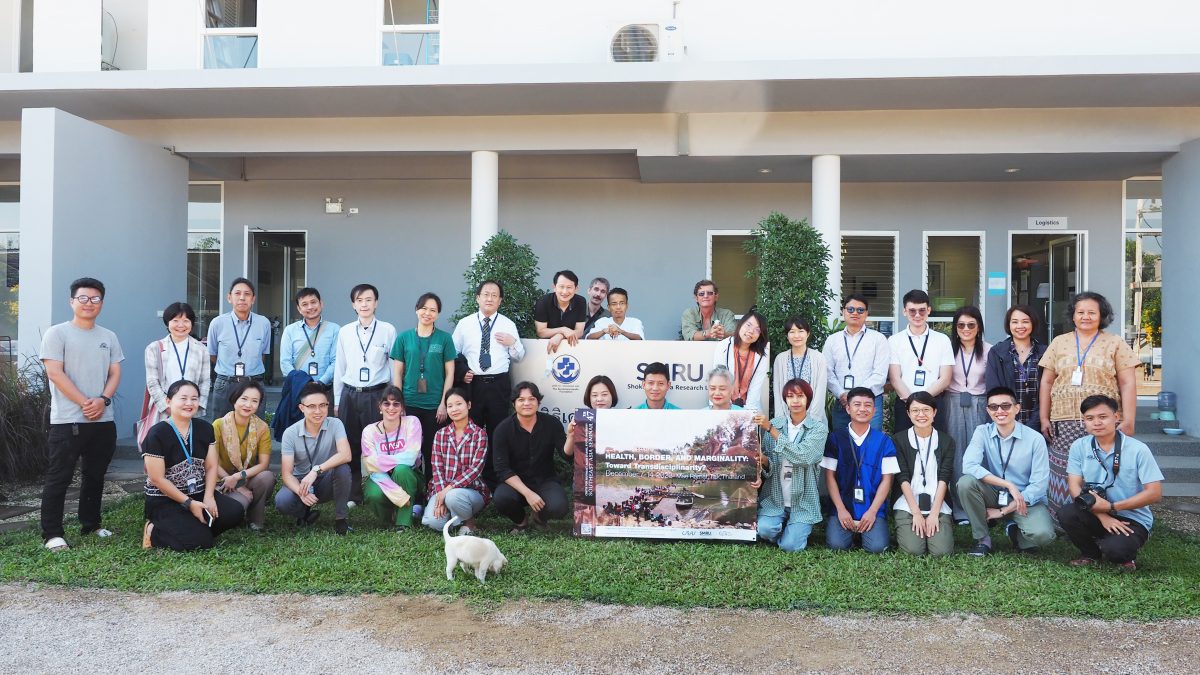
Photo: CSEAS
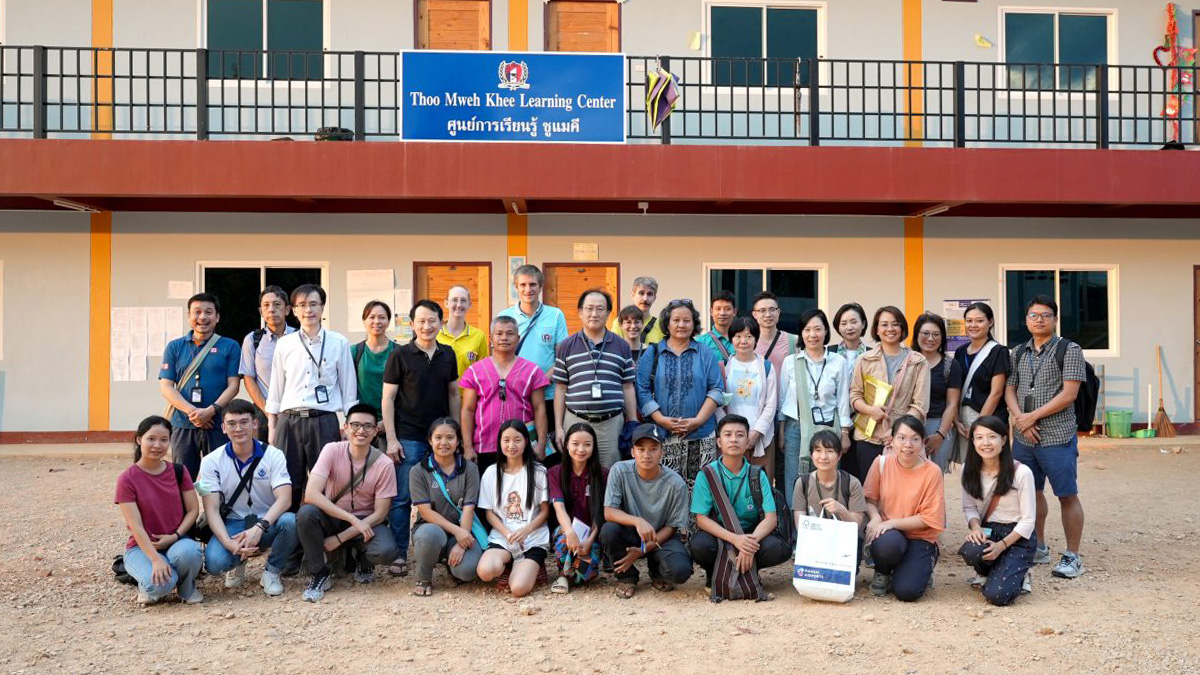
Photo: CSEAS
Since the end of the 1990s, transdisciplinarity has gained more currency as it is a research approach based on collaborative endeavors that aim to 1) foster meaningful knowledge co-production, 2) engage with complex societal or planetary challenges, and 3) narrow the gap between the academic and the non-academic spheres. Transdisciplinary inquiry, thus, not only requires innovative research methods, but also challenges researchers, many of whom work in relative isolation in so-called “ivory towers,” and professional experts, many of whom are disconnected from the broader civil society. Following Michael J. Shapiro (2013), the notion of “trans-” in “transdisciplinarity” also includes an epistemological engagement. 3 Given these basic elements of transdisciplinarity, awareness of each researcher’s positionality and hidden agendas is critical (e.g., Rosendahl et al., 2015). Thus, transdisciplinary researchers have been advocating for more debate on issues of the power and control of scientific researchers or other potentially dominant stakeholders.
With marginality as one of the Seminar’s five key themes, further questions arise: How should a transdisciplinary researcher engage with marginalized migrants from a country/territory that has been experiencing protracted armed conflicts? How should that engagement proceed in a border region where the stakes, at times, are life and death?
Listening to Marginalized Migrants
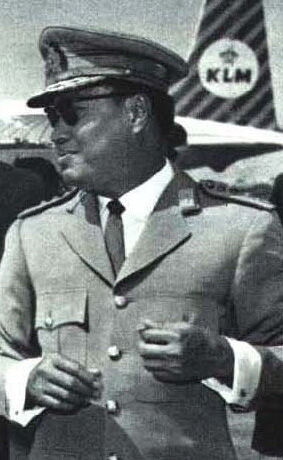
At least since 1962, when General Ne Win turned Burma into a hermit state, millions have left the country, voluntarily or otherwise. Since then, complex forms of contesting power have caused numerous people of different ethnic nationalities to become both marginalized and displaced. Indeed, armed conflicts and the policies of the dictatorship have harrowingly forced many to become marginalized migrants in the border regions. With these political realities, the marginalized migrants have become, in Kierkegaardian language, a legitimate “people of exception:” 4
The exception explains the general and itself. And if one wants to study the general…, one only needs to look around for a…legitimate exception. It reveals everything more clearly than does the general. Endless talk about the general becomes boring; there are exceptions…. [T]he general is not thought about with passion but with a comfortable superficiality. The exception, on the other hand, thinks the general with intense passion. 5
Thus, researchers concerned with peace should attentively listen to marginalized migrants. Closely learning from many marginalized migrants, especially along the Thai-Myanmar border, since 2000, I have witnessed such intense passion. In some ways, the lifeworlds of the peoples in this border region could represent those of marginalized migrants in border regions the world over.
Many of “us”—“people in general”—do not know that “they”—marginalized migrants—exist. If some of us do know, we may not understand many of them. If we do understand some of them, we may not recognize them as qualified political subjects. In other words, for their existence and voices to be politically recognized, perceptibility, intelligibility, and recognizability are required.
While “they” may be different from “us” in terms of ethnicity, religion, gender, class, race, nation, (dis)ability, or legal status, many have been rendered unqualified political subjects by the realities enveloping them. Their existence raises a question about the politics of authority: Who speaks and who gets to listen to the memories of these unqualified voices? Such politics of testimony implies the act of hearing, which, as Ranajit Guha (1996, p. 9) writes, “we know, ‘is constitutive for discourse.’ To listen is already to be open to and existentially disposed toward: one inclines a little on one side in order to listen.” One may still ask: How may one incline oneself toward marginalized others, being aware that hearing constitutes a person becoming: being-open as being-with for Others, in Heidegger’s terms? 6
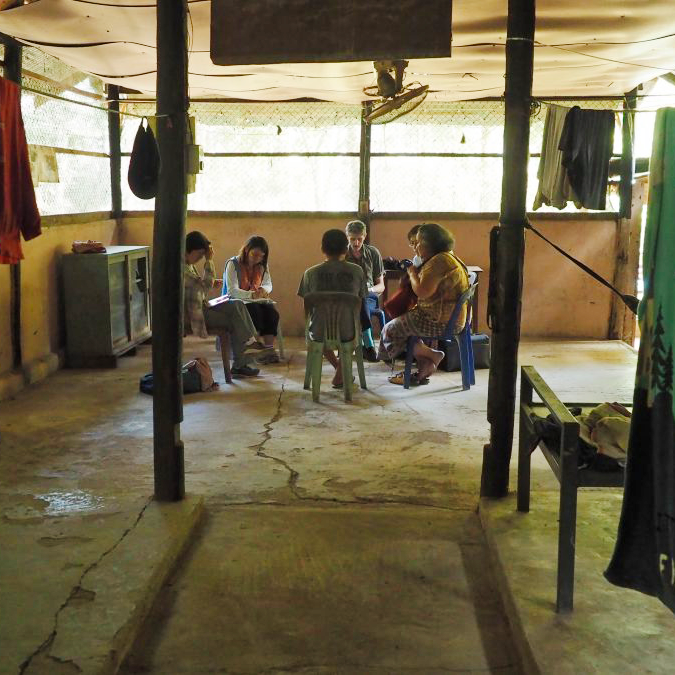
When it comes to the marginalized migrants along the Thai-Myanmar border, one of the Seminar’s key aims was to listen to their suffering and, hopefully, to begin to understand the political implications and ramifications of that suffering. Many have lost loved ones and have had their villages burned down or bombed away, inter alia. Thus, how should the Seminar’s participants or “people in general” engage with peoples with such experiences? If we really want to, how do we urge these “people of exception” to dare to find a way out of their deeply complex marginalizing realities, recognizing that most (if not all) of us have never been forced to leave home, taking flight through terrains of armed conflicts, or “condemned grounds” (Tangseefa, 2006)?
Over the years, many marginalized migrants have taught me, often inadvertently, that there are times when to be fluent in engaging with them is to just listen more and carefully speak only when necessary. In those moments, disfluency is a form of fluency. In effect, one learns to not put oneself at the center of the conversation/relation, thus opening opportunities for the person in front of us to speak (or not to speak). At times, the violence they have endured has rendered them unintelligible to “us”; and experiencing atrocities has left deep wounds in their existence that are not always utterable, even if such articulation is desired. Inspired by sociolinguists, we learn that:
“…the occurrence of silence, hesitation, and vocalized pauses, such as “uh(m),” not just as a mere absence of talk or failure to speak, but as accountable actions the practical, local significance of which must be explained through “the structural expectations engendered by the surrounding talk” that “map ‘meaning’ onto silence.” 7
Thus, to listen to these marginalized others is for each one of us “people in general” to fluently transform oneself from being a performer/speaker to a listener. Perhaps counterintuitively, less speaking—more listening—yields more “meaningful” communication. This kind of positionality is tremendously crucial, especially when one interacts with those who have gone through tragic incidents or atrocities; they are legitimate “people of exception.” As Samuel Beckett says of the Holocaust: “If you really get down to the disaster, the slightest eloquence becomes unbearable. Whatever is said is so far from experience…. (There is a danger of rising up into rhetoric. Speak it even and pride comes. Words are a form of complacency.)” 8 In such moments, more silence is necessary and attentive listening becomes imperative.
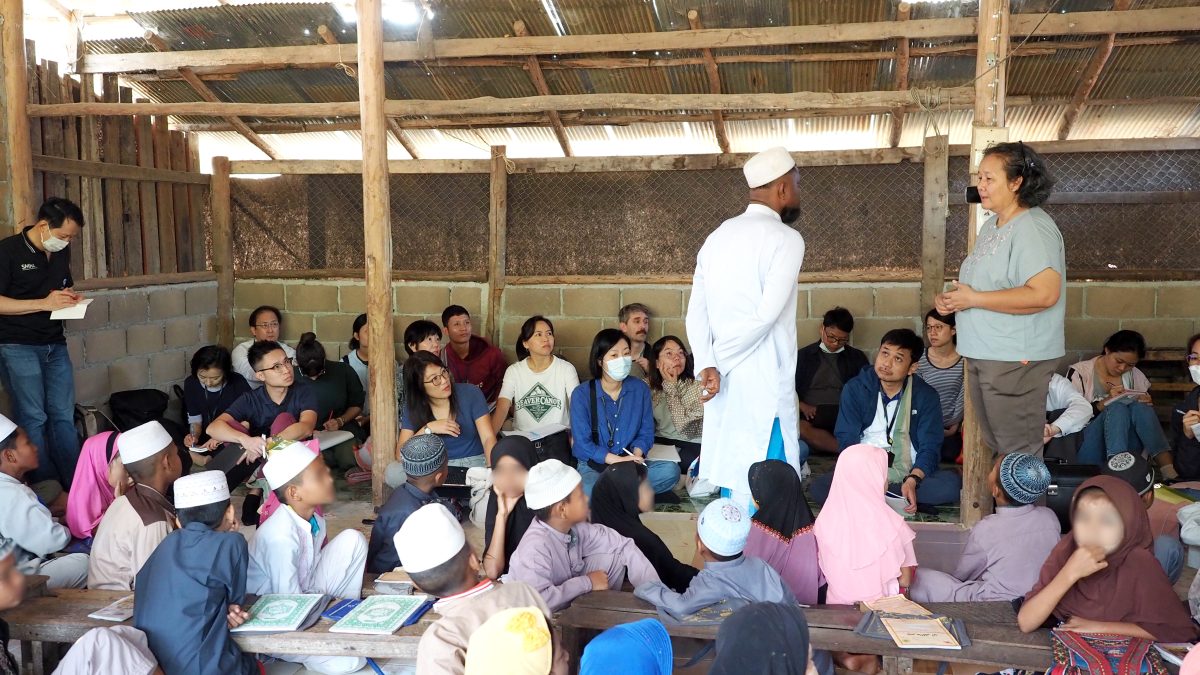
Juxtaposing Differences, Engaging Otherness
During the Seminar, quite a few participants were aware of the intricacies and nuances of listening (vis-à-vis speaking). Learning from multiple stakeholders, nine researchers 9 submitted essays that narrate their engagement with both the space (a border region) and the people (different stakeholders) and juxtapose it with their ongoing research.
Critical counterpoints: Human-mosquito relations from the Thai-Myanmar borderlands to Singapore Employing a contrapuntal analysis, anthropologist Tomas Cole deftly narrates the complexity of place, pests, and pestilence along the Thai-Myanmar border in relation to the vexed human-mosquito relations in Singapore. The crime of caring Vincen Gregory Yu, a master’s student in anthropology, was the only physician among the participants. His essay captivatingly articulates the lives in an area next to the Mae La “temporary shelter area” and contrasts them with those of many poor Filipinos in some of the world’s densest slums. He also highlights the Philippine state’s treatment of people who use drugs in the country: a “war on drugs” that is also a “war on the poor.” (Health) care and family (Planning) of undocumented people along state borders Weaving together the notions of (health) care and family (planning), Miriam Jaehn, a researcher in Asian studies and refugee studies, uses the lens of “undocumented-ness” to inquire: Who cares for and/or takes care of displaced families on both the Thai and Bangladesh sides of the border with Myanmar? Her stories from the two borderlands yield textured insights. Circumventing undocumented-ness: Ethnic migrants along the Thai-Burma border pursue multiple mobilities Anthropologist Siu-hei Lai’s essay portrays how Karen migrant youth and a migrant institution circumvented their “undocumented-ness” along the border in Tak Province and juxtaposes this with his research on how young Yunnanese migrants from Myanmar circumvented their undocumented status along the border in Chiang Rai Province. Experiences in temporary host countries and their impact on integrating resettled refugees Jeonghyeon Kim, who trained in political science/human rights and humanitarian affairs, discusses the journeys of resettled refugees in South Korea by comparing their experiences in two temporary host countries: Thailand and Malaysia. Hoping to help improve resettlement outcomes, her ongoing and future research aims to delve deeper into the complex dynamics surrounding forced migration and refugee integration. Enriching the land discourse from the Thai-Myanmar border While the first five essays focus on various life forms 10—human or not—Yi-Chin Wu extends this focus to examine the nexus between life and land. As a researcher-cum-activist in development studies and indigenous rights, she discusses the political implications of the enduring bonds that individuals maintain with their lands, paying particular attention to how indigenous rights is embedded in the “Land is Life” narrative. The Mae La “Temporary Shelter Area” as migration infrastructure & (im)mobility of people on the move Employing the human-materiality approach, anthropologist Busarin Lertchavalitsakul reflects upon how approaching the Mae La “temporary shelter area” as migration infrastructure could offer an interesting insight into the nexus between borderland and mobility, hence offering another approach to fathom the interrelatedness of states, capital, and the networks of people on the move. Two International Relations (IR) researchers pen the final two essays. Hattori Ryuji looks at Japan’s engagement with post-coup Myanmar and notes how the Seminar’s emphasis on the intersections of health, border, and marginality enriches his understanding of the multifaceted nature of human security in foreign policy. The Seminar’s field research underscores, among others, the need for a nuanced approach to development cooperation that carefully considers the impacts of aid on human rights and democracy. International relations research and borderland as inhabited space Last but not least, Takahashi Tomoko impressively evinces what could be pursued further by positivist IR studies that address security related questions. In effect, she explores how the inhabitants of borderlands could be treated as agents who exercise or pursue power. As this issue’s editor, I would not be surprised to learn that these essays leave many readers wanting more; I can only hope that opportunities will arise for us to hear more from these researchers. Decha Tangseefa Notes:
Tomas Cole
Vincen Gregory Yu, MD
Miriam Jaehn
Siu-hei Lai
Jeonghyeon Kim
Yi-Chin Wu
Busarin Lertchavalitsakul
Takahashi Tomoko
Center for Southeast Asian Studies, Kyoto University,

